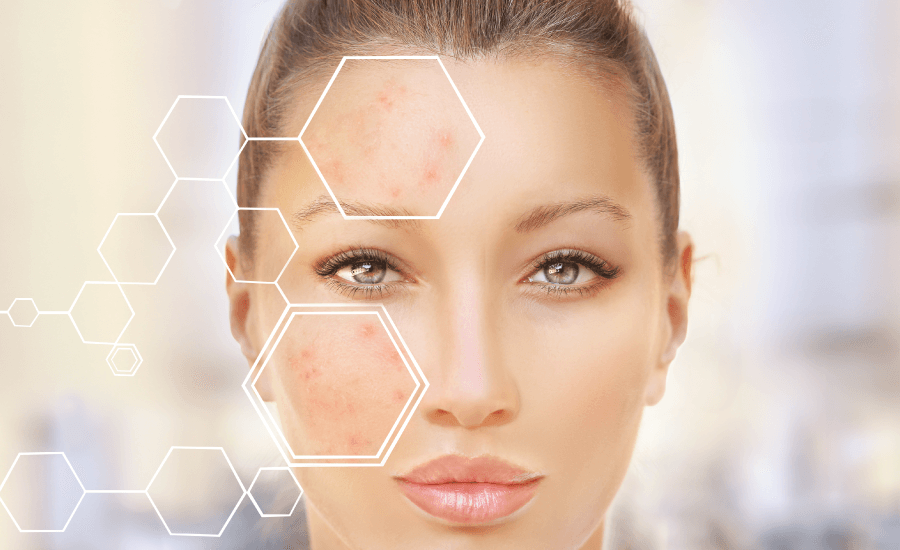Ready to sculpt the sides of your waist like never before? Join us for our Get the Edge Emsculpt® Events and be among the first to experience the new Emsculpt® NEO Edge applicator, specially designed to target the flanks (love handles) with precision.
This non-invasive body-contouring technology builds muscle and burns fat simultaneously—no downtime, no surgery. It’s the extra boost you’ve been waiting for to define your silhouette and take your fitness goals to the next level.
Event Locations & Dates:
- Framingham: Tuesday, July 15
- Dedham: Wednesday, July 16
- Boston: Thursday, July 17
- Burlington: Tuesday, July 22
- Seekonk: Wednesday, July 23
- Newburyport: Tuesday, July 29
- Hyannis: Tuesday, July 29
- Shrewsbury: Wednesday, July 30
- Peabody: Thursday, July 31
- Hanover: Thursday, July 31
Event Ticket: $195 ($750+ Value!)
Your ticket includes:
- 1 Trial Emsculpt® NEO Edge Treatment (normally $750)
- Exclusive, Event-Only Treatment Packages & Promos
- Deluxe Gift Bag for Attendees
Experience a full-body transformation starting with your flanks—at a fraction of the cost.
Spots Are Limited — RSVP Today!
Don’t miss your chance to experience the latest evolution in body sculpting—tailored for your flanks. This is a one-day-only event in each location, and appointments fill fast.
Reserve your spot now using the RSVP form
Questions? Call your local SkinMD or chat with us live during business hours.


